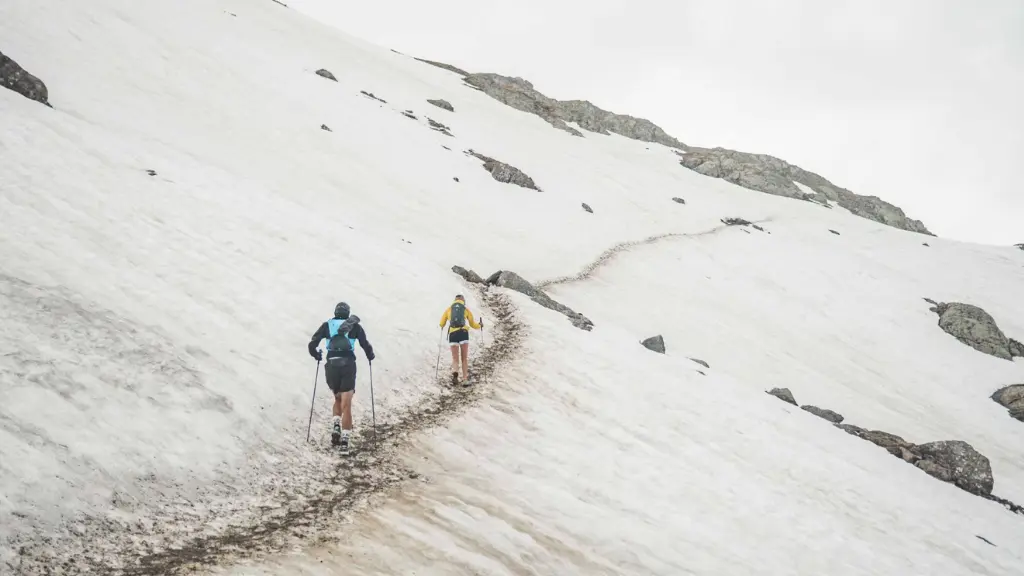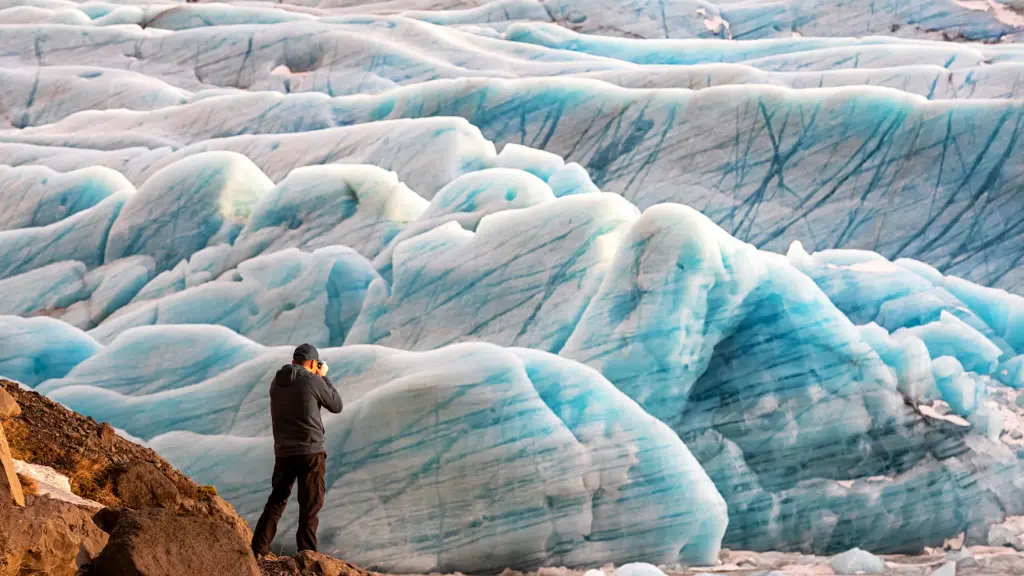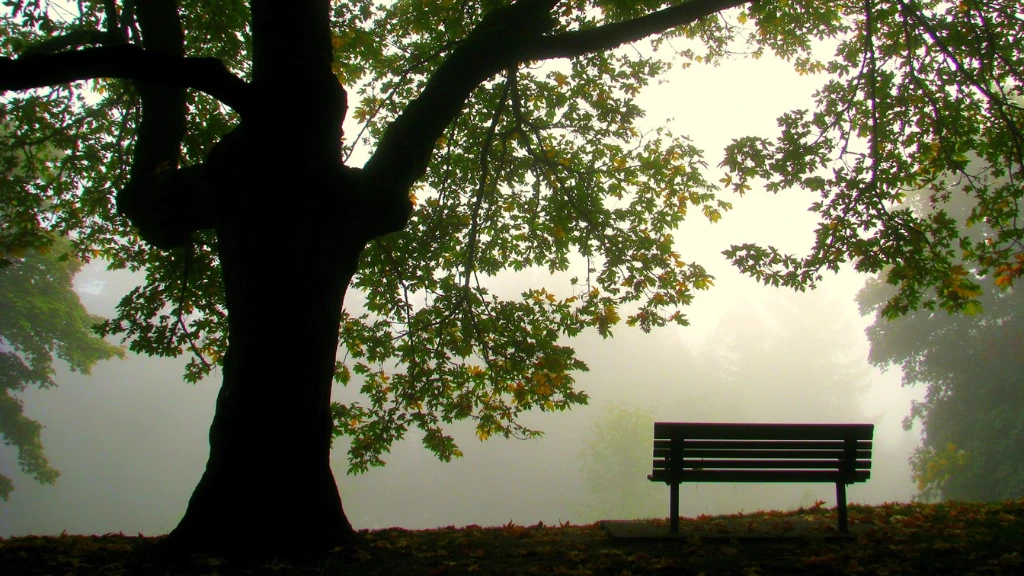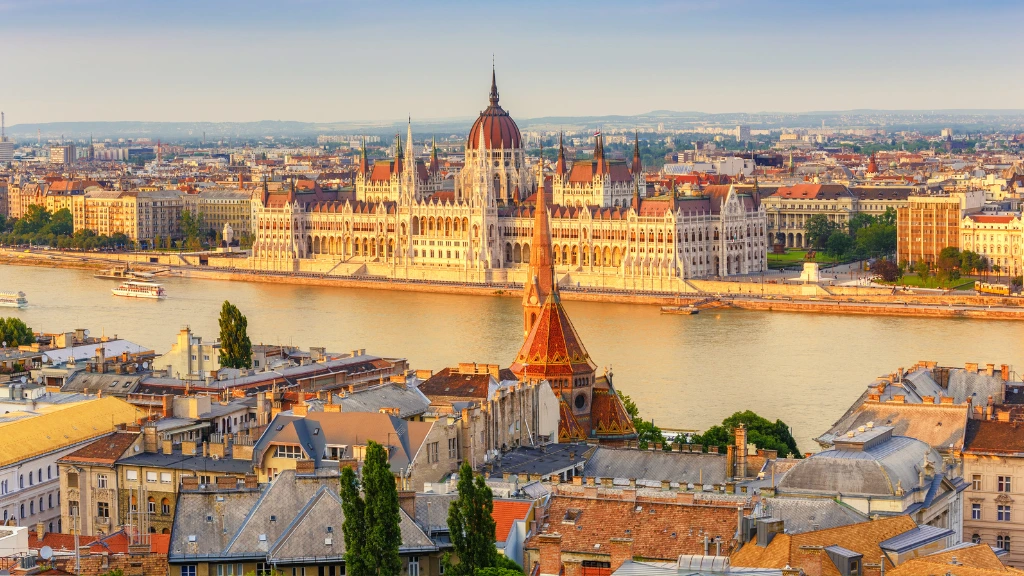The Tour du Mont Blanc (TMB) is one of the most iconic long-distance hiking trails in Europe. Spanning approximately 105 miles, the route circles the Mont Blanc massif, crossing through France, Italy, and Switzerland.
Known for its stunning alpine scenery, quaint villages, and challenging yet rewarding paths, the TMB is a dream adventure for outdoor enthusiasts.
This guide will help you prepare for the trek, covering essential tips, routes, and experiences.
You May Also Like: Discover Florida’s Iconic Foods and Drinks
Overview of the Tour du Mont Blanc
Route Basics
- Length: ~105 miles (170 km)
- Duration: 7–12 days, depending on pace and stops
- Countries: France, Italy, Switzerland
- Starting Point: Typically Les Houches or Chamonix in France
- Difficulty: Moderate to strenuous, with steep ascents and descents
The trail is well-marked and can be done clockwise or counterclockwise. Both directions offer unique perspectives of the breathtaking landscapes.
Choosing Your Route
Guided vs. Self-Guided
- Guided Tours: Perfect for first-timers. They include experienced guides, pre-planned itineraries, and often luggage transfers.
- Self-Guided: Ideal for seasoned hikers. You can set your own pace and customize your stops.
Full Circuit or Sections
You can hike the full circuit or focus on specific sections. Popular highlights include:
- Les Houches to Courmayeur: Stunning views of glaciers and valleys.
- Courmayeur to La Fouly: Italian hospitality and gorgeous mountain passes.
- La Fouly to Champex-Lac: Peaceful alpine meadows and Swiss charm.
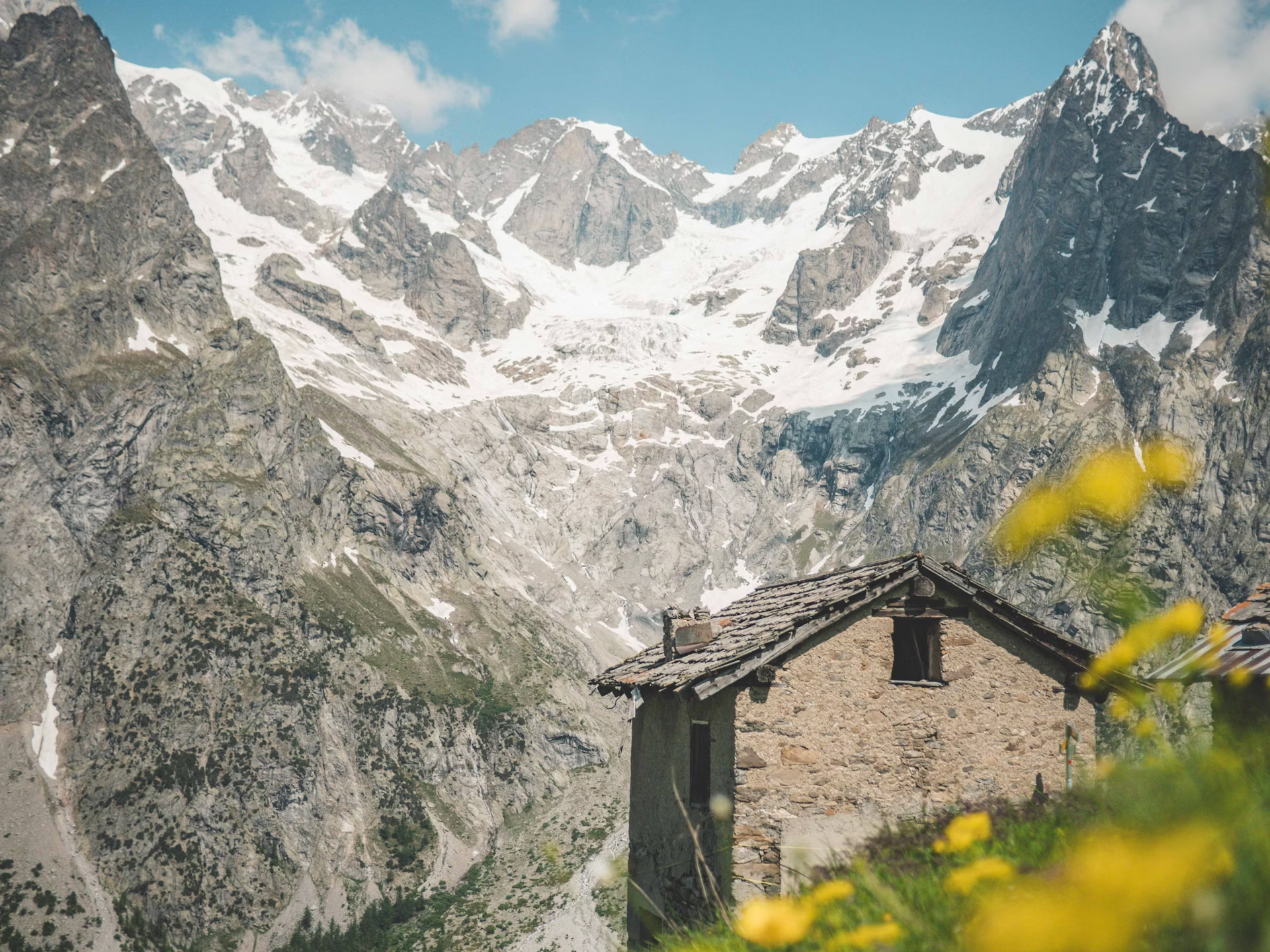
Best Time to Hike
The best time to hike the Tour du Mont Blanc is between June and September.
- June–Early July: Snow may linger on higher passes, but wildflowers bloom.
- July–August: Peak season with warmer weather and bustling trails.
- September: Fewer crowds, cooler temperatures, and stunning autumn colors.
Essential Gear for the TMB
Packing smart is crucial for a successful trek. Here’s a checklist:
Clothing
- Base Layers: Moisture-wicking tops and leggings
- Insulation: Fleece or lightweight down jacket
- Rain Gear: Waterproof jacket and pants
- Hiking Boots: Sturdy, well-broken-in boots
- Accessories: Hat, gloves, and sunglasses
Gear
- Backpack: 30-40L for day hikes or 50-70L for self-supported hikes
- Trekking Poles: Essential for steep sections
- Sleeping Bag: Lightweight (only if not staying in refuges)
- Water Bottle: Hydration bladder or reusable bottle
Miscellaneous
- Snacks and Energy Bars
- First Aid Kit
- Trail Map or GPS Device
- Headlamp
Accommodation Options
Mountain Huts (Refuges)
Mountain huts provide dormitory-style lodging, meals, and communal spaces. They are a great way to experience the camaraderie of fellow hikers. Reservations are essential during peak season.
Hotels and Inns
In towns along the route, you’ll find comfortable hotels and guesthouses. These are ideal for a rest day or a luxurious overnight stay.
Camping
Camping is permitted in designated areas. This is a budget-friendly option but requires carrying more gear.
What to Expect
Challenging Terrain
The TMB includes steep ascents and descents. Some days involve hiking over 3,000 feet of elevation gain. Training and good fitness levels are essential.
Breathtaking Scenery
From towering peaks and glaciers to lush valleys and alpine lakes, the scenery changes daily. Don’t forget your camera!
Local Cuisine
Enjoy hearty mountain fare like raclette and fondue in Switzerland, fresh pasta and wine in Italy, and pastries in France. Each country offers its own culinary delights.
Preparing for the Hike
Physical Training
Prepare by hiking on varied terrain with a loaded backpack. Focus on building endurance and strength for uphill climbs.
Permits and Insurance
- Permits: No special permits are needed, but mountain huts require reservations.
- Insurance: Ensure your travel insurance covers hiking at high altitudes.
Budgeting
- Daily Costs: $50–$150 depending on accommodation and food choices.
- Extras: Save for souvenirs or optional transfers for skipping difficult sections.
Tips for a Successful TMB Trek
- Start Early
Begin your hike early to enjoy cooler temperatures and avoid afternoon crowds. - Hydrate and Fuel
Drink plenty of water and snack regularly to maintain energy levels. - Follow Weather Reports
Mountain weather can change rapidly. Be prepared for sudden rain or wind. - Respect the Environment
Stick to marked trails and practice Leave No Trace principles. - Pace Yourself
Don’t rush. Take time to savor the scenery and rest when needed.
Highlights Along the Trail
1. Col de la Seigne
Crossing from France into Italy, this high pass offers spectacular views of Mont Blanc.
2. Lac Blanc
A side trip from Chamonix, this glacial lake provides postcard-worthy views.
3. Rifugio Bonatti
One of the most famous refuges, it’s known for its hospitality and stunning location.
4. Champex-Lac
This charming Swiss village is a great spot for a rest day by the lake.
Conclusion
Hiking the Tour du Mont Blanc is an unforgettable adventure. It challenges you physically while rewarding you with some of Europe’s most breathtaking landscapes. Whether you’re trekking solo, with a guide, or in a group, the TMB offers an unparalleled experience for nature lovers.
Plan carefully, pack smart, and get ready to embark on a journey of a lifetime!

